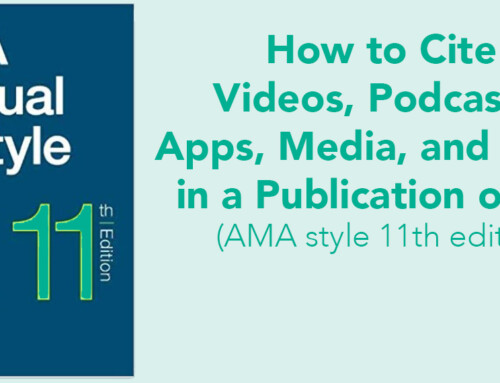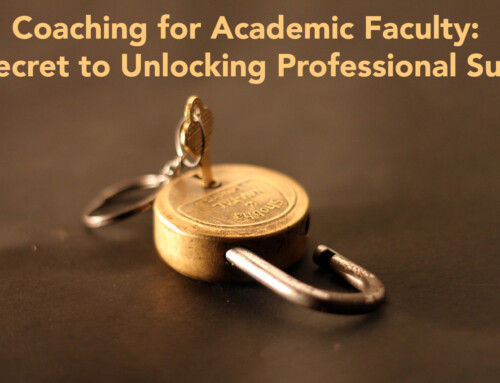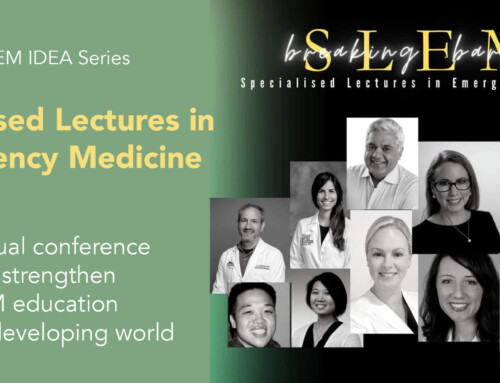 Blogs, podcasts, and other social media platforms in medical education, known collectively as Free Open Access Meducation (FOAM), are becoming increasingly popular and integrated into daily learning habits. Through various push technologies, these resources come to you in the form of RSS feeds, podcast tools, and other apps. Do you have a mental checklist to help you determine whether the content is trustworthy and accurate? How do you process the information from FOAM sites?
Blogs, podcasts, and other social media platforms in medical education, known collectively as Free Open Access Meducation (FOAM), are becoming increasingly popular and integrated into daily learning habits. Through various push technologies, these resources come to you in the form of RSS feeds, podcast tools, and other apps. Do you have a mental checklist to help you determine whether the content is trustworthy and accurate? How do you process the information from FOAM sites?
As a follow up to yesterday’s hot post about “Is FOAM to blame when medical errors occur?“, here are 5 rules that we at ALiEM follow as lifelong learners ourselves when learning from other FOAM sites:
1. Always read and listen with skepticism.
Read more about the topic using several references, such as journal articles, textbooks, and other social media sources. ‘Triangulate’ your information using multiple references. Be suspicious if the resource has no references.
2. Ask questions before implementing.
Check with your colleagues in the department or on Twitter. Ask clarification questions on the blog or podcast site. Does this fit into your practice given the available resources that you have? Is this in your scope of practice? Is this appropriate for your level of training? What are the risks to your patient and you?
3. When in doubt, leave it out.
For not-yet-mainstream practices, such as rapid-rule out troponins for AMI, hands-on defibrillation, or PESI scoring for outpatient management of pulmonary embolism, if you are in doubt, don’t incorporate it into your practice until there’s more literature out there. The same is true for non-traditional procedural techniques. It is great to know about what innovations are on the knowledge horizon, but being the first to implement it isn’t wise.
4. Ask yourself – Is this an N=1 innovative tip?
Many N=1 innovations are worthwhile to know about. Many have a high reward and low risk profile, such as using parts of your hand as a makeshift ruler to guestimate wound lengths. Others are the opposite with low reward and high risk profiles. The key is differentiating between the two. Use common sense. Refer to #3.
5. Involve your patient (and consultants) in the discussion.
As with all patient-care activities, you should be involving your patient in the discussion around your treatment. If you are trying something ‘new’ or ‘innovative’, admit to your patient that the solution to their problem is not well studied… and therefore you can journey with them towards trialing a new method. Document your shared decisions this way. Make it a truthful, informed (or ‘as-informed-as-possible’) discussion.
ALiEM Content Development Process
We wanted to give you a behind-the-scenes peak into ALiEM’s content development process to help you understand there is no gold standard for how blogs are to be run. We do realize, however, that “with great power, comes great responsibility.” We are privileged to have loyal and supportive readers who are the front lines of providing quality care to patients worldwide. We strive to provide the most accurate, relevant, and consistent information possible on the topics we write about. We do assume, however, that you are a medical professional, working within your scope of practice and level of training.
We follow these 5 guiding principles to help minimize potential patient harm and medico-legal risk:
- For each blog post, we provide references from peer reviewed journals or textbooks, when possible.
- As an extra layer of content-checking, we just launched the Expert Peer Review project which allows experts, who are usually authors of cited publications, to provide additional commentary. This goes beyond the crowdsourced feedback that most social media platforms have.
- All blog posts are reviewed for content validity on a pre-publication basis by our ALiEM editorial board before final release.
- Blog post authors are automatically notified whenever a reader comment appears on the blog, and we aim for an author or Editor-in-Chief reply within 24 hours. Revisions are dated and made in real-time if an error is found. Fortunately this is a very rare occurrence.
- Experts and colleagues are welcome to respond and comment in an unrestricted way via blog comments. In fact, we actively engage both Twitter and Facebook followers to get engaged in discussions around our resources. At times, we will even ‘curate’ these responses and post them as a distilled synopsis to produce an enduring educational product, such as the MEdiC cases.





